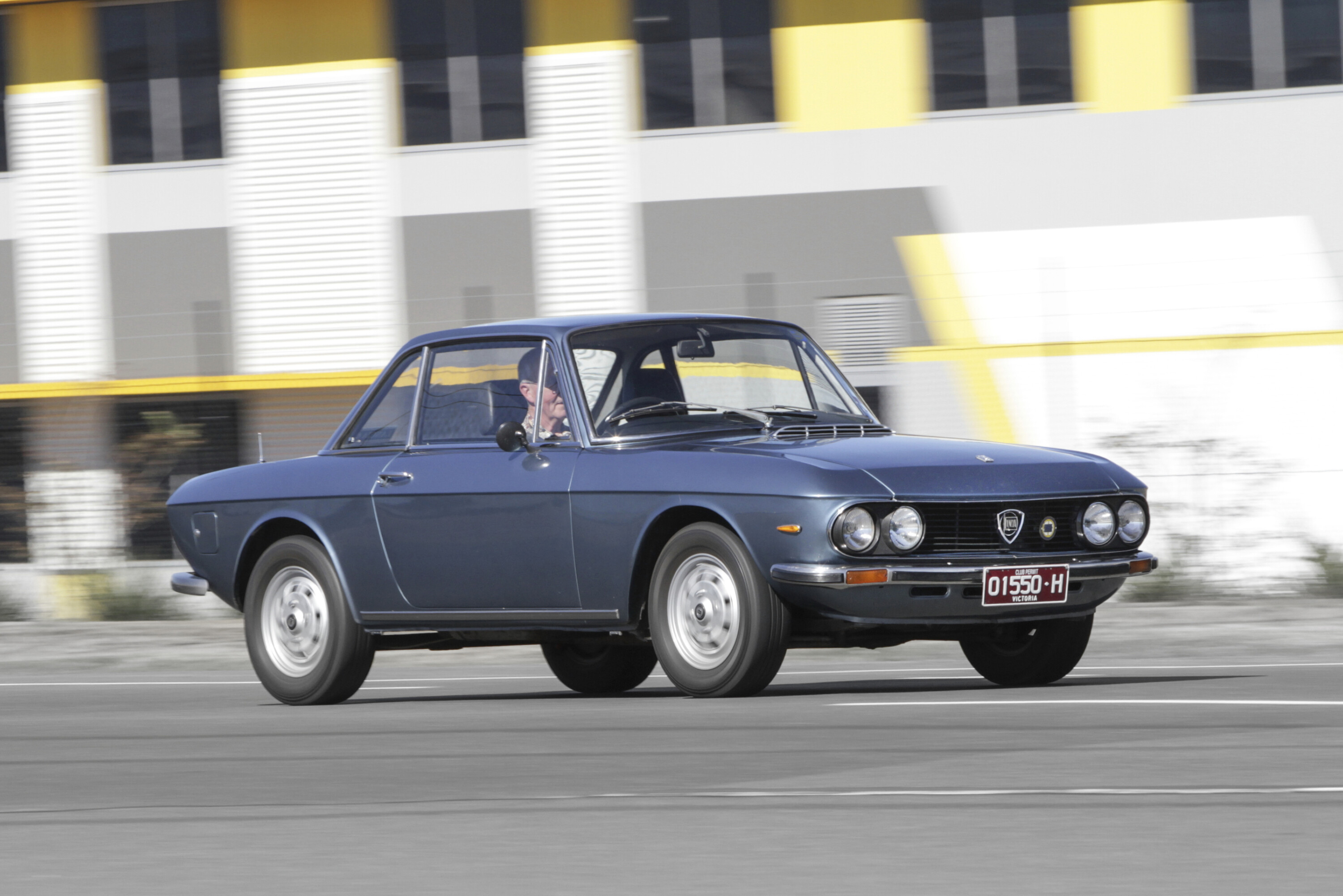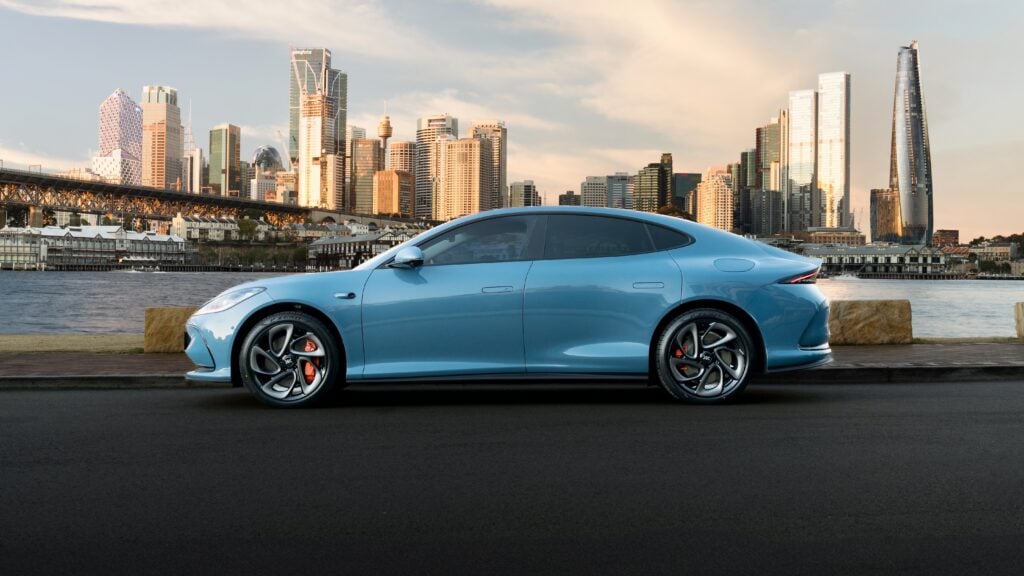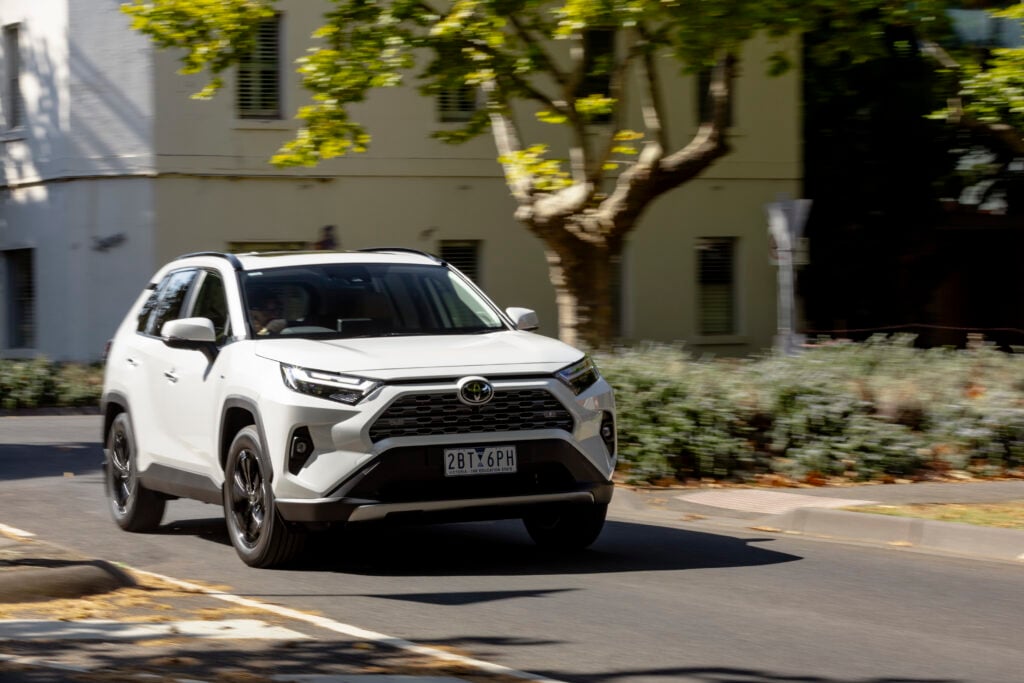It takes an automotive romantic with a long memory to gush about Lancia as one of the great marques.
It sure doesn’t look that way today – Lancia currently sells one model, the outdated Ypsilon hatch, and only in Italy – and it’s been much the same story for the current millennium.
Go back to the 20th century and you’ll understand the passion held for the brand founded in 1906 by Fiat racing and test driver Vincenzo Lancia and inherited on his death in 1937 by his similarly racing-pedigreed son, Gianni. Lancia’s road cars were as innovative as they were elegant.
The 1922 Lambda, for example, boasted the industry’s first monocoque chassis, independent front suspension, alloy V4 engine block and four-wheel brakes. Lancia’s technical momentum would only begin to wane under Fiat ownership, from 1969.
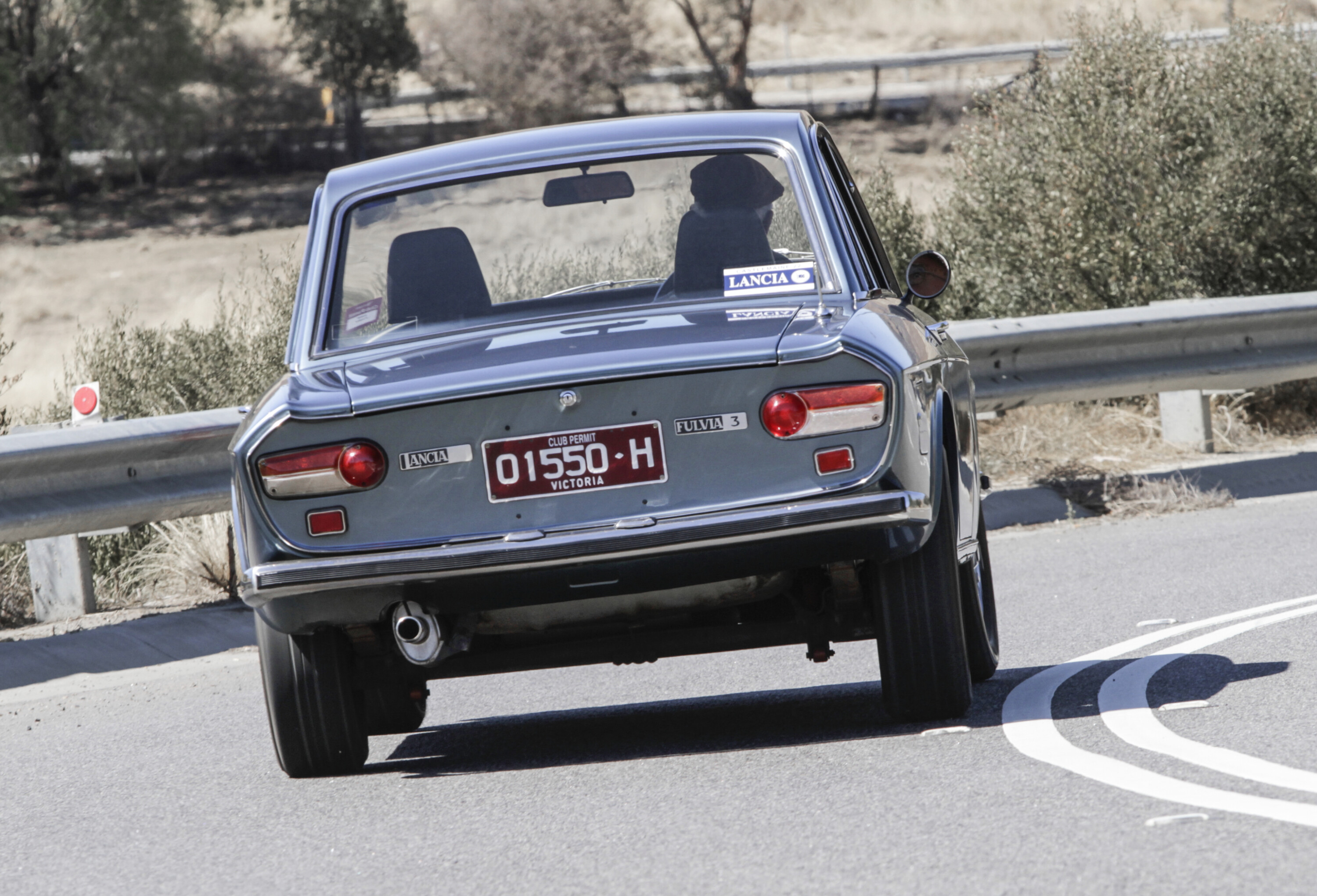
Even so, Lancia – absent from rallying since 1992 – still holds more world rally championships for manufacturers (10) than any other marque.
That comprises three titles for the Stratos (1974-’76), a Group B victory for the 037 in 1983, and the Group A dominance of the Delta Integrale (1987-’92).
Pre-dating the FIA WRC, in 1972 Lancia won the International Championship for Manufacturers with the light, lithe and pretty Fulvia Coupe 1.6 HF.
The Fulvia Coupe was derived from the 1963 Fulvia sedan. The new front-driver borrowed heavily from the luxury Flavia (1961), but where the latter ran a flat-four engine ahead of its front axle, the Fulvia continued the narrow-angle V4 tradition.
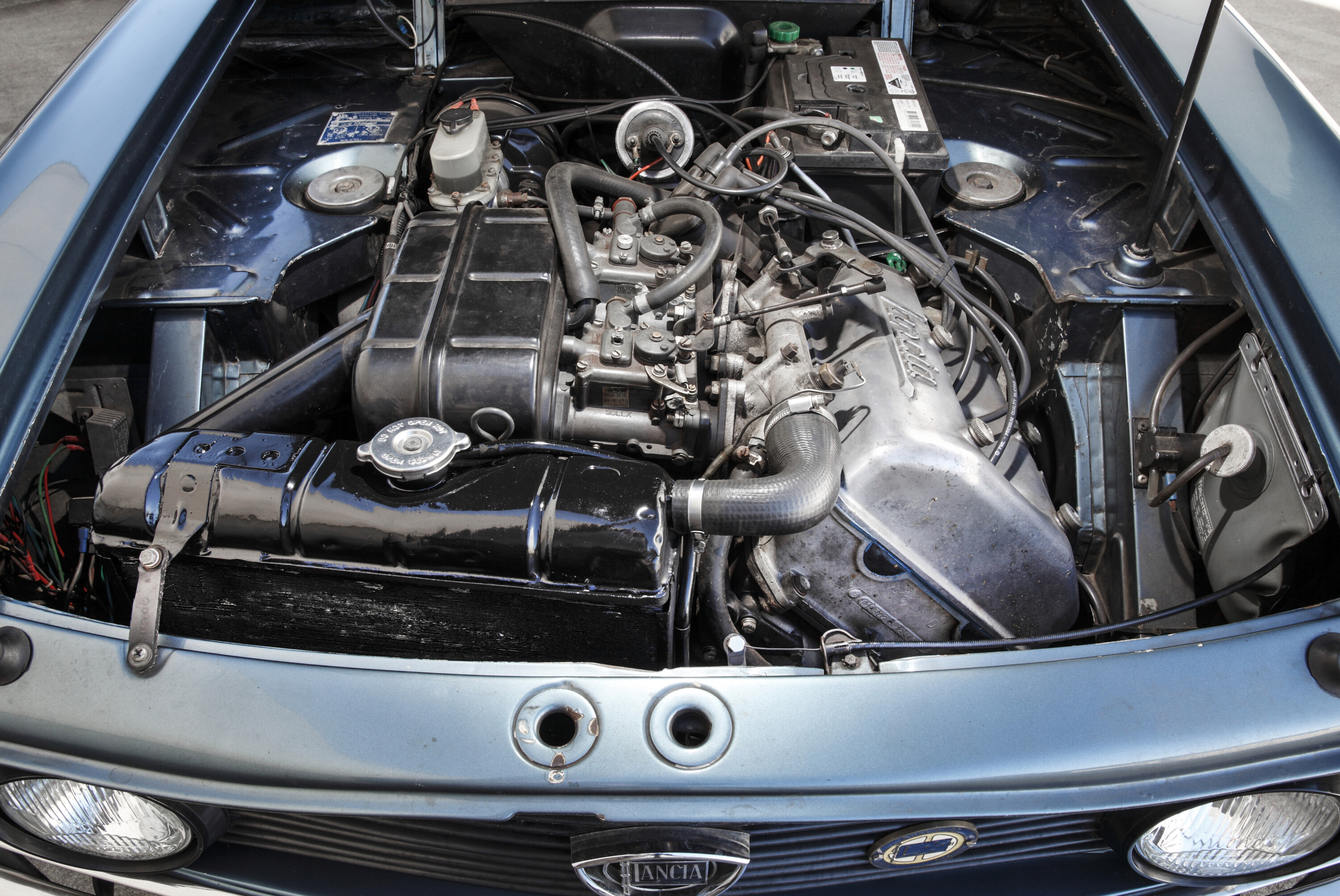
Two years after the sedan came the Fulvia Coupe, likewise styled by Piero Castagnero and claiming inspiration from Riva speedboats. In 1967, Road & Track magazine described the Coupe as “a precision motorcar and an engineering tour de force.”
If Porsche is praised for the 911’s triumph over physics with a weird engine hung outside a wheelbase, the Fulvia coupe is every bit as deserving.
The DOHC, 13-degree V4 engine was mounted longitudinally ahead of the front transaxle and canted at 45 degrees. Capacity quickly grew from 1.2 to 1.3 and ultimately 1.6 litres.
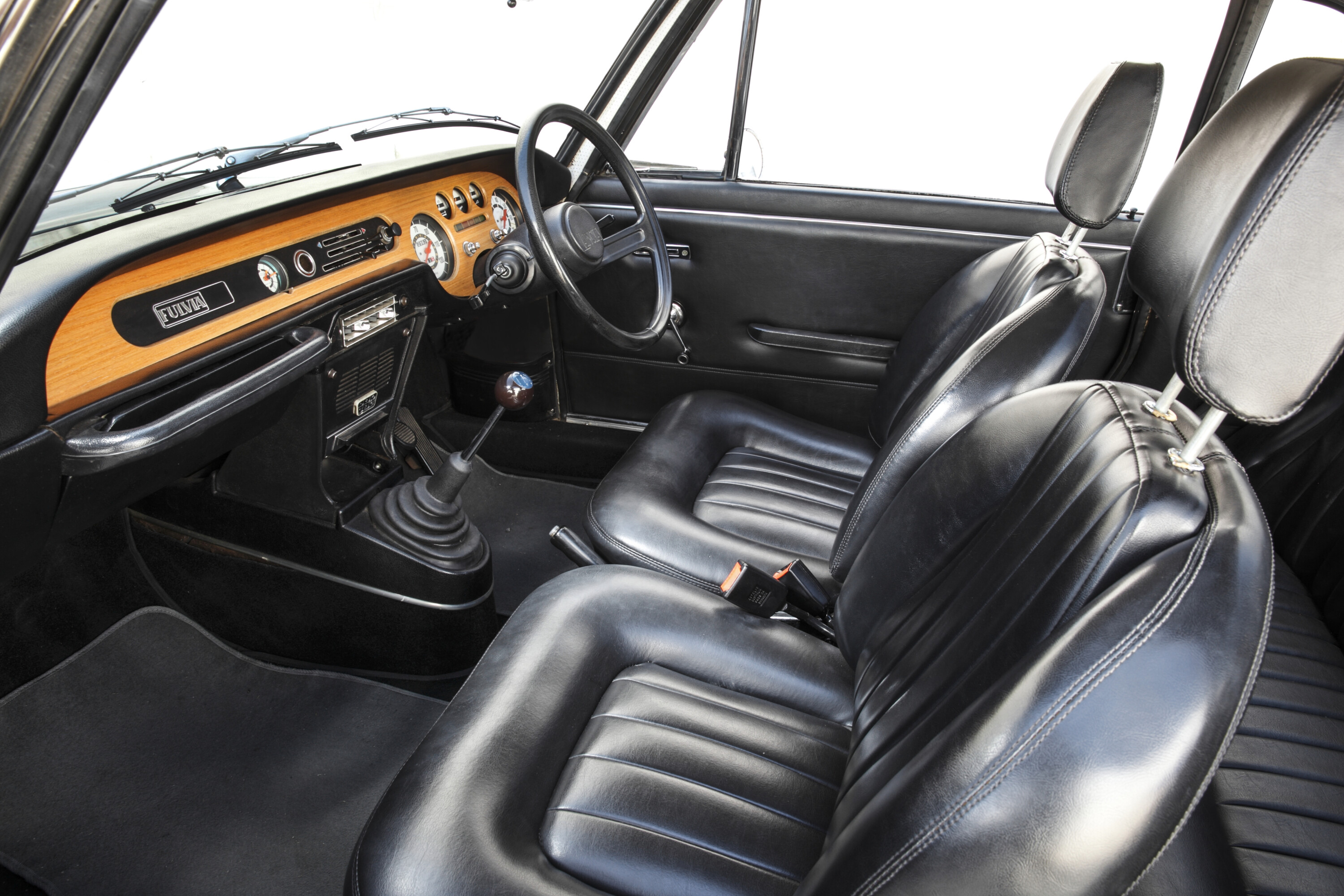
The Coupe was quickly popular for rallying, prompting Lancia to develop a variety of stripped-out versions.
These were named HF, after the independent ‘Lancia Hi-Fi’ independent rally team founded in 1963 by Cesare Fiorio, son of Lancia PR boss and rally ace Sandro Fiorio.
Lancia Coupe HFs were built in limited numbers in 1.2, 1.3 and 1.6-litre capacities, with the final ‘1600 HF Lusso’ version’s 3690 units outnumbering the total of its predecessors.
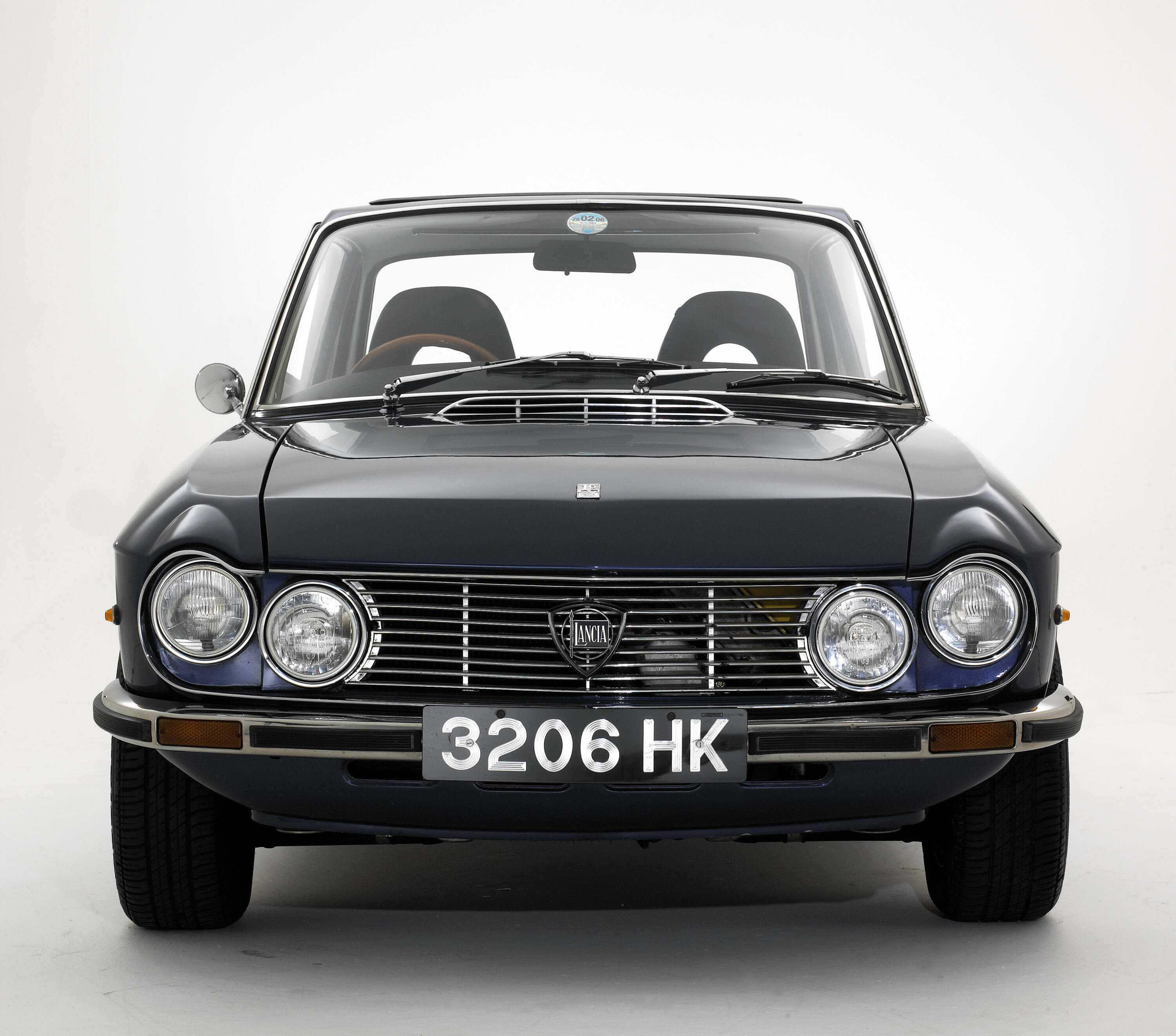
Narrow margins
Unlike some of Lancia’s earlier V4 designs, which had a variety of vee angles ranging up to 20 degrees, the 13-degree iron-block unit developed for the Fulvia had true twin overhead camshaft (alloy) cylinder head.
It was leaned at 45 degrees to reduce height and accommodate the adjacent dual carburettors.
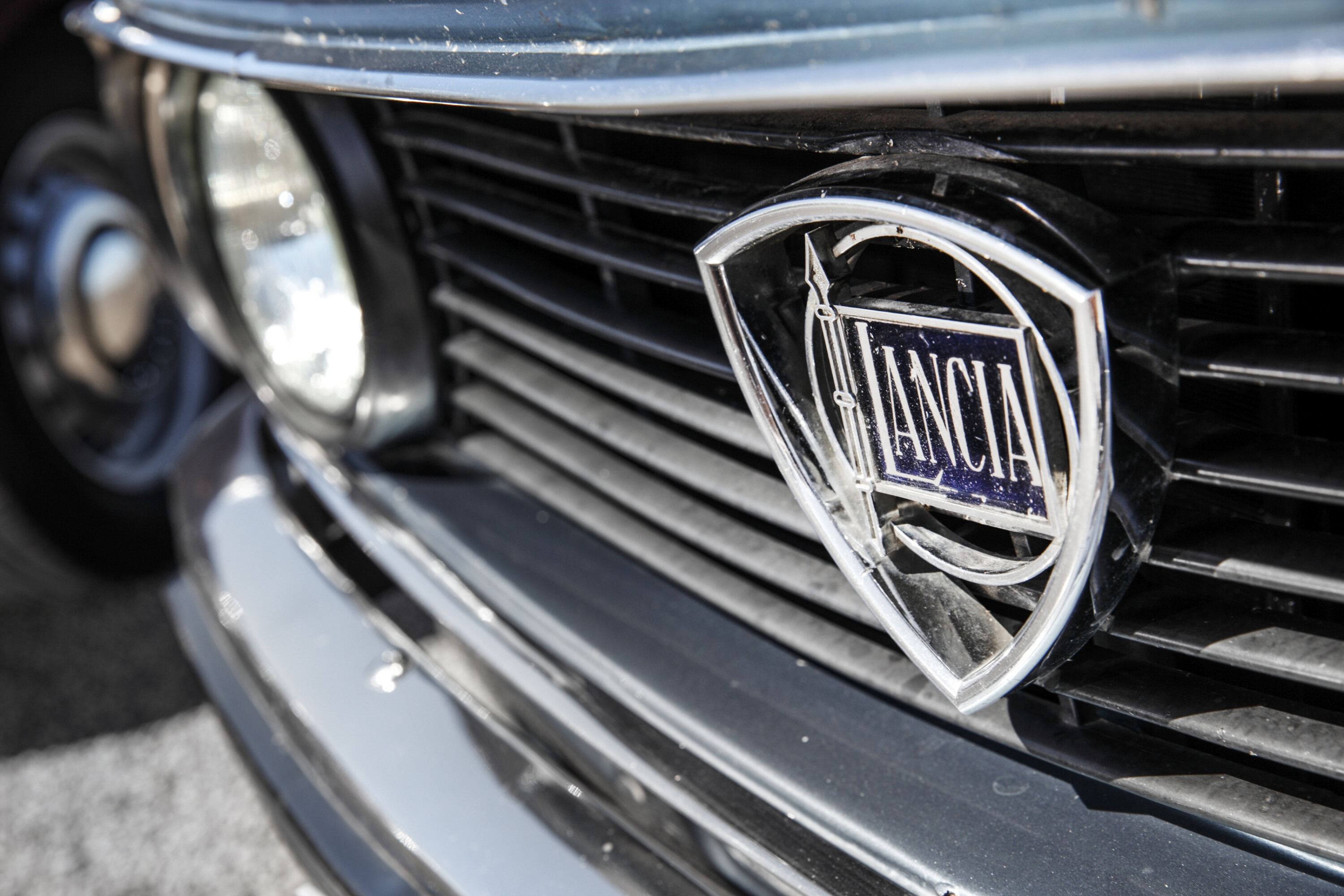
Into the light
The Fulvia Coupe’s designers were given a strict brief of 4000mm overall length, 900kg maximum weight and a 2+2 cockpit.
The first 1.2 HF in 1966 set the tone for the boy-racer specials, with plexiglass side windows and aluminium bonnet, bootlid and doors and deleted bumpers all helping trim weight to around 780kg.
| 1965 Lancia Fulvia – in detail | |
|---|---|
| 85 | kW from primo 1969 1.6 HF |
| 1968 | Fulvia coupe 1.3 finish 1-2-3-4 in Sestriere Rally |
| 1969 | Fanalone 1.6 HF launched |
| 1972 | Wins Monte Carlo Rally |
| 1976 | Coupe production ends |
We recommend
-
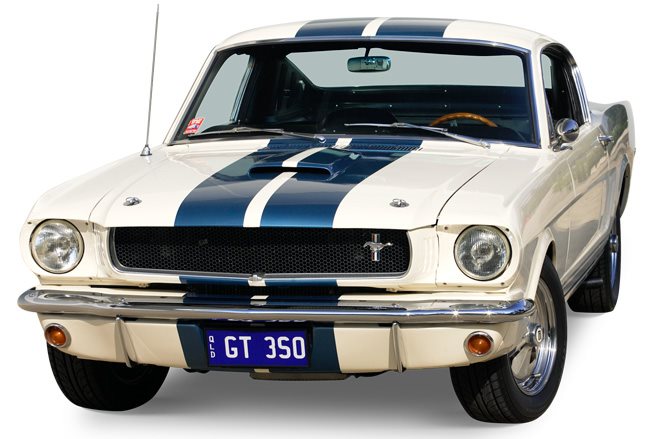 Features
FeaturesRetro: 1965 Shelby GT350
Asked to add street cred, Carroll Shelby turned the pretty Ford Mustang into a racing thoroughbred
-
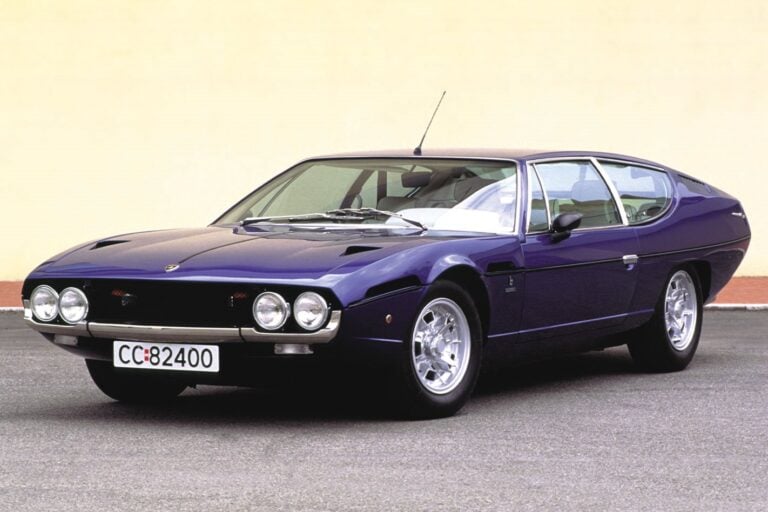 Features
FeaturesRetro: 1968 Lamborghini Espada
Four-seater Lambo forged its own path to stardom alongside supercar sibling
-
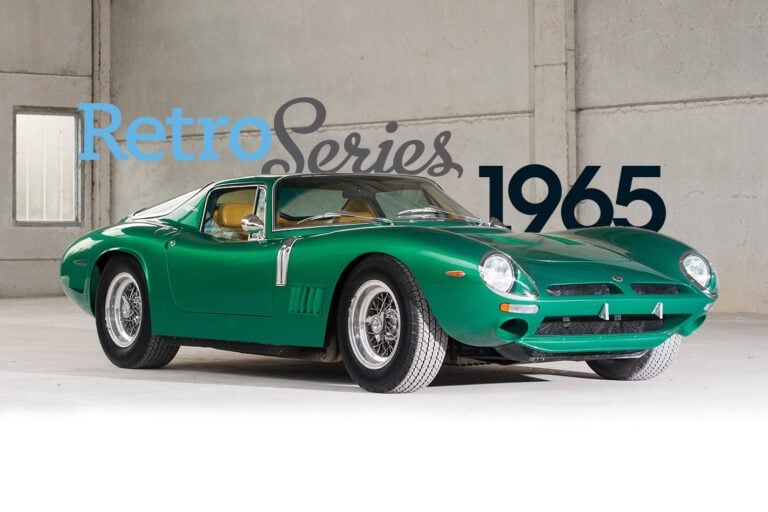 Classic Wheels
Classic WheelsRetro: 1965 Bizzarrini 5300 GT
A stunning gran turismo built by former Ferrari chief experimental engineer whose masterpiece was none other than the 250 GTO

